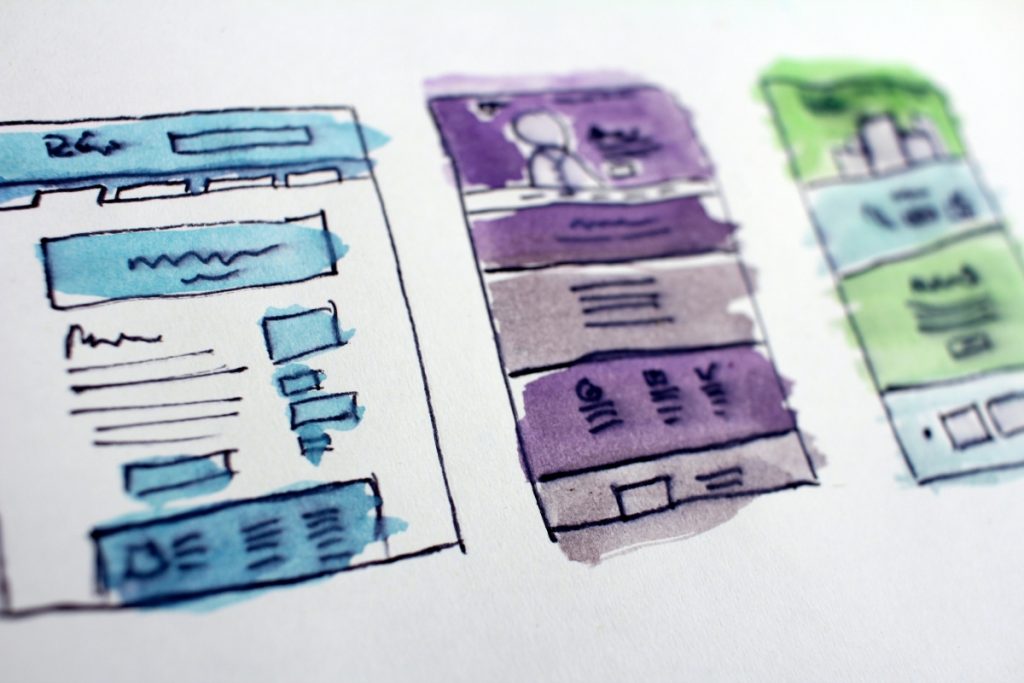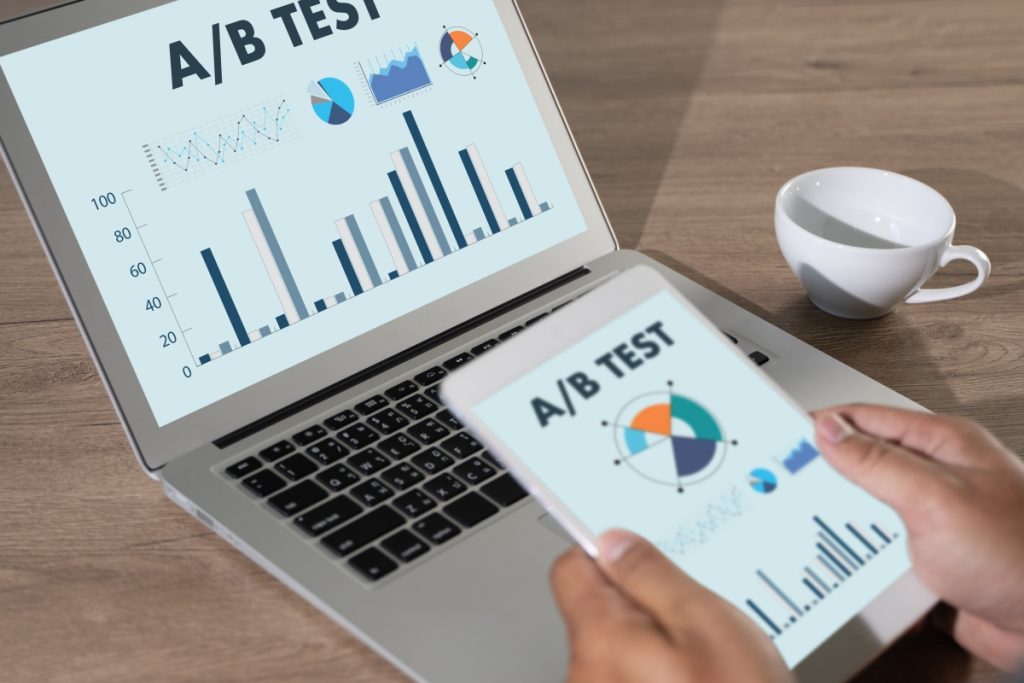
Content is the hook that customer experience is based on. No matter what industry you operate in, whether you are a B2B, B2C or B2G business, your content is what potential customers first see when they interact with your brand.
When we talk about content, this can be everything. It governs the copy on your product pages, your homepage and in your advertising. Content is also the visuals you use and the videos you post. But it also overlaps with factors such as site speed and performance.
In this post we are going to look at some content testing strategies you can put in place to ensure that your content is presented to users in the best possible way.
Let’s get started!

Why Should You Optimize Your Content?
Testing and experimenting with content can be quite resource intensive. So asking yourself why you should even start thinking about content testing is perfectly valid.
But the benefits of content testing are very obvious. Epsilon conducted research that states “80% of consumers are more likely to make a purchase when brands offer personalized experiences”. By extension if you want to offer personalized experiences, you will need good personalized content!
Content gives your brand a voice, engages your customers and demonstrates value. It persuades consumers to buy products or services from you and not your competitors. Good content will help you appear higher in search so they can find you.
So content is an important building block and great content can transform your business.

Benefits Of Content Testing
Testing your content can have a number of positive effects on your business. For example, if your business has an issue with high shopping cart abandonment rates, content testing can help to increase your overall conversion rate (Total sales or transactions / total site visits X 100) which can then lead to higher return on investment. Especially if you are spending a lot on digital marketing to attract those users in the first place.
Content testing can also help you to improve customer retention. You can test to see where your users’ pain points are and make changes to address those problems.
Content testing can help you to improve your customer experience and put your brand at the front of the customers’ mind when they are ready to make a purchase. It can also help to bring customers back to you in the “messy middle” stage of the purchase journey.
So what kind of tests can you start to perform to optimize your content?

A/B Testing
If you want to experiment with your raw messaging, rather than the holistic view of content testing then A/B testing is a perfect place to start. Although it has to be said you can A/B test for numerous different reasons. But here we will focus primarily on messaging.
You can use A/B testing to see what kind of a page appeals more to your customers. You can set up a test comparing two different pages with different copy variations. These pages could have the same title but different product copy or different versions of visual assets. You could even test the effectiveness of two different product videos.
To see which page produces whatever the desired outcome of your test is you present two different pages to different users on your site. So one group of users sees version A and another version B. If you want to increase conversion rate, your metric of success would be transactions. So at the end of the test the best page would be whichever page completes the most transactions.
A multivariate test is a modification of this. With a multivariate test you can test multiple variables at the same time. So you would test different page copy, different buttons and different visuals simultaneously.
A/B testing should be part of your overall digital toolbox. By testing continuously you can optimize your customer experience for different customer segments. So you will be able to give all your customers a great experience.
Actions You Can Take:
- Decide what a successful A/B test looks like
- Start simple. Test a small number of variables on two pages
- Change your mindset. Failed experiments are as valuable as successful ones
- For messaging use your findings to begin experimenting with your marketing copy

Performance Testing
You can have amazing copy, dazzling video assets and clear navigation. But all of that is for naught if your site or app takes an eternity to load. Google states that “53% of visits are abandoned if a mobile site takes longer than 3 seconds to load”. That study was conducted in 2016, so it is likely to be less than 3 seconds now.
Performance matters. So part of your content testing strategy has to involve performance testing.
If you have a development team to help you, performance testing will likely already be a key process in your organization. But if you do not have access to that resource, performance testing generally consists of:
- Checking and logging the load time of pages under normal conditions
- Mimicking high traffic conditions and logging those load times
- Analyzing application performance and response time when running on a mobile device
- Checking the load time of each page under normal conditions and then mimicking high traffic and witnessing load time again
- Simulating peak load conditions and monitoring CPU and memory utilization
- Analyzing application response time when run from a mobile device
- Creating an environment with slow network bandwidth and observing site and application performance
- Simulating slow mobile connections and analyzing site performance
If you do not have a development team to help you, you can run some of these tests using tools like Google Lighthouse (available in Chrome in “developer tools”) and Page Speed insights.
Page/site speed is also a known Google Search ranking factor, so monitoring performance should also be part of your overall SEO strategy.
Actions You Can Take:
- Talk to the development team to see if there is a performance testing strategy in place
- If you do not have access to development resource use tools like Google Lighthouse to check performance
- Log page and site speed so you can track any progress
Come back next week for part 2 where we will be talking about content testing for accessibility, usability and UX copy testing.

Talk to MAQE
If you need some help giving your customers the best possible experience when interacting with your brand, talk to us via [email protected]. We can help you optimize your customer experience to increase engagement and meet ROI goals.
